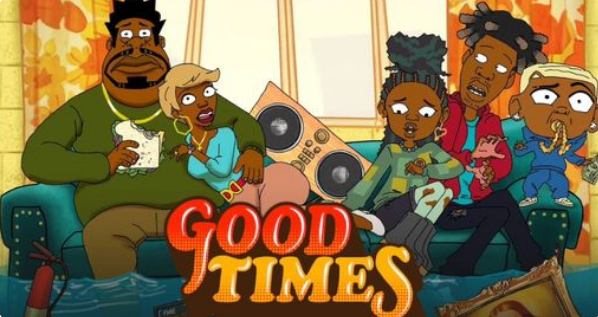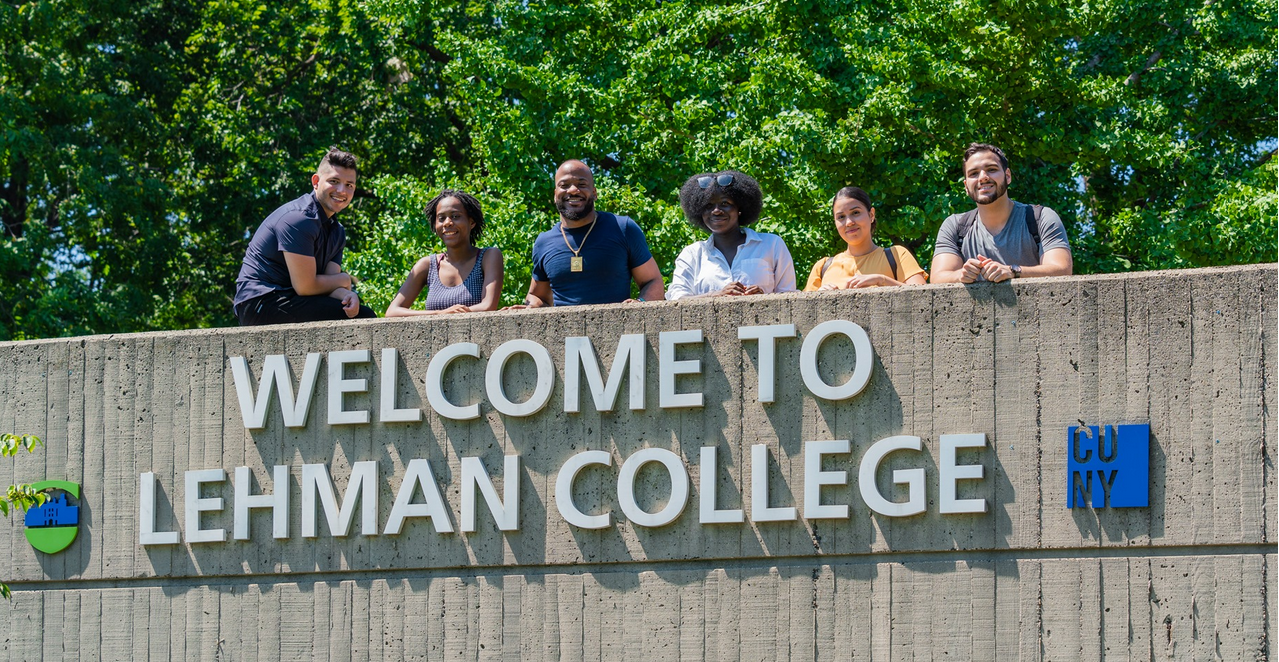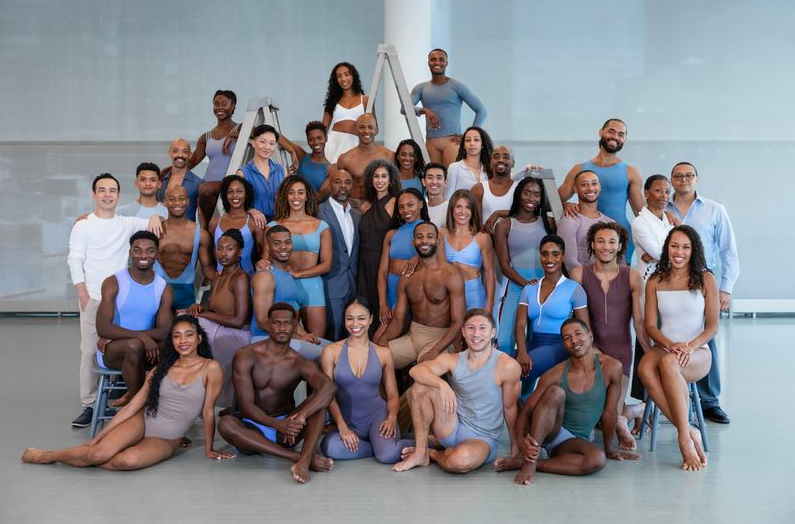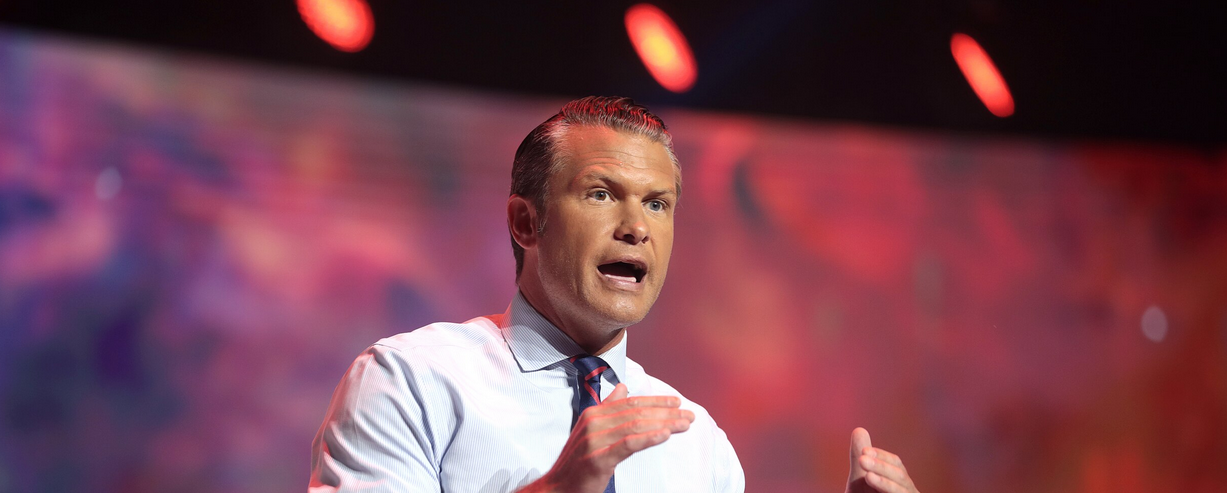Queens Supreme Court Justice Michael Aloise upheld the tainted jury verdict against Chanel Lewis. Judge Aloise must be investigated by New York State Commission on Judicial Conduct…
Photo source: NY1 Twitter Judge Aloise showing bias by wearing purple ties to show solidarity with Vetrano family?
Monday, Queens Supreme Court Justice Michael Aloise upheld the tainted jury verdict against Chanel Lewis—who was convicted in the second trial he faced for the murder of Karina Vetrano. Lewis now faces life in prison when he is sentenced Tuesday.
Judge Aloise’s ruling needs to be reversed—like others, in his biased career on the bench.
Given Aloise’s checkered judicial history, expecting fairness and justice for Lewis, from his pro-prosecution court, was a stretch. In Aloise’s court, “justice” is reserved for prosecutors and police.
Aloise ignored serious claims of jury misconduct, and verdict manipulation by three jurors. One of these jurors, a rape survivor, gave a nonsensical rationale for the absence of Lewis’s DNA on Vetrano’s private parts saying the “vagina is like a sponge” that “absorbed the male DNA.”
Another of the three jurors, jury foreman Brian Morrissey, reportedly said the trial was a “slam dunk.” Here we see the evidence of “premature deliberations,” written of in a signed affidavit by a concerned juror. Morrissey allegedly told that juror “Well, I have my mind made up, and I hope you do, too.”
How is it this second case was a “slam dunk,” but not the initial trial—which ended in a hung jury?
In fact, because of his bizarre behavior, some think Judge Aloise orchestrated the hung jury because the prosecution was about to lose their first case against Lewis. Double jeopardy would then force these crooked police and prosecutors to find another Black victim.
God forbid, they find the real killer, or killers.
On Monday, Judge Aloise, a judge with one of the worst judicial records of case reversals in New York—at least 42 cases—declined Chanel Lewis’ defense team’s 330 motion to set aside the guilty verdict. Lewis was convicted on April 1, in his second trial for the sexual assault and murder of Karina Vetrano, killed on August 2, 2016, while jogging in Queens’ Spring Creek Park.
Judge Aloise’s main reason for refusing the defense motion was that three jurors refuted the accusations a complaining juror made about serious misconduct occurring from the start of the trial. The Black Star News called the Queen’s D.A.’s office, last week, and asked whether these three rebuttal jurors are in fact the very same three accused of misconduct. The D. A’s spokesperson said, “Well as you’re probably aware the judge in the case issued an order for neither the defense nor prosecution to make comments in regard to the proceedings.”
It seems Judge Aloise used contaminated testimony to justify his denial of the Lewis defense motion from the very three jurors accused of misconduct. This must be investigated further by appropriate authorities.
Here’s another oddity to consider, jury foreman, Brian Morrissey, told CBS2 the jury verdict was unanimous on the murder charge—but that there were two holdouts on the sexual assault charges. This is curious.
So, Lewis murdered Vetrano, but didn’t perpetrate the preceding rape—that necessitated the murder? Of course, this comment undercuts foreman Morrissey’s claim that the “DNA was so overwhelming.”
Police allege Lewis’ DNA was found on Vetrano’s neck, cellphone and fingernails. But although Vetrano was said to have be vaginally and anally raped Lewis’ DNA was not found on Vetrano’s private parts. This is strange given Chanel Lewis’ mentally challenged nature. It is beyond a stretch to think he was smart enough to make sure his DNA was not found inside, or around, Vetrano’s private parts but dumb enough to allow the NYPD to swab his DNA.
We’re supposed to believe he left his DNA on Vetrano’s phone something that would’ve been easy to dispose of. The “finding” of Lewis’ DNA on the phone suggests it was planted. Lewis’ attorney, Jen Cheung, told WABC-TV “you won’t see Chanel’s blood or body fluid, shoe prints or hair at the crime scene. You won’t see his fingerprints at the crime scene either.”
In an interview with the Black Star News, Assemblyman Charles Barron stated his belief in Lewis’s innocence. He thinks Lewis was setup by the NYPD, and that his DNA was planted, and his confession “coerced.”
“My statement is that there is a killer still loose, because Chanel Lewis is innocent,” Barron said. “The DNA that they swabbed from him, I’m warning Black men in particular don’t let the NYPD swab you for DNA, because they can plant your DNA anywhere, and that’s what I believed happened here.”
The DNA collection in this case, by the NYPD, is another insidious example of racial policing. The NYPD took DNA samples from around 384 Black men, in Queens and Brooklyn, in the six months before they apparently decided to frame Lewis. These collections raise many questions regarding the racist targeting of Black men. It must also be investigated whether these sample collections were legal. Police routinely have no problem violating the rights of Black Americans.
This NYPD’s collection of DNA was called “a race-biased dragnet,” by Lewis’ defense team. Why did the NYPD decide Vetrano was attacked by a Black man?
An anonymous letter, reportedly from a law enforcement official tells us the NYPD was first looking for two White men. That letter sent to Lewis’ defense team says NYPD Deputy Chief Michael Kemper allegedly “stated on several occasions at these meetings” that they were “looking for two jacked up White guys who are from Howard Beach.”
How did the NYPD get to “a race-biased dragnet?” Why was NYPD specifically looking for two White men—before deciding one Black man would do just fine?
We know the NYPD also suspected Karina Vetrano’s father. On the night of Vetrano’s murder, her body was found by her father, Phil Vetrano, who reported her missing hours earlier. Mr. Vetrano that night, during a search with the NYPD, reportedly found his daughter in a marshy area of the park. According to NYPD Chief of Detectives Robert Boyce, Mr. Vetrano “went into the woods, and then found the body with our [NYPD] detectives after him.” Vetrano said he helped with the search because “I know the terrain.”
Isn’t this why the NYPD asked Phil Vetrano to provide his DNA? Vetrano’s actions have been criticized for disturbing the crime scene.
Reportedly, NYPD Lieutenant John Russo was the officer who seems to have decided Lewis should be targeted because he saw Lewis “acting suspiciously” on two occasions. Russo’s suspicion seems to be based on nothing more than Lewis was walking through the White Howard Beach community, near the park where Vetrano was killed. An unwitting Lewis’ only crime seems to be walking “slowly” in a White community while Black.
The NYPD DNA collections, of these 384 Black men, was concealed from Lewis’ defense. The NYPD’s search for “two jacked up White guys who are from Howard Beach” was also withheld. Police, prosecutors—and Judge Aloise—should all be investigated for their behavior here.
Judge Aloise should be investigated by the New York State Commission on Judicial Conduct.
It must be investigated whether Judge Aloise placed his hands on the scales of justice to cause a mistrial in the first trial. All his rulings and actions in this case should be examined carefully. City Limits writer, Theodore Hamm, accused Judge Aloise of wearing purple ties in in the courtroom to show solidarity with the family of Karina Vetrano.
Whatever happened to the legal concept of Lady Justice being impartial and “blind?” How can justice be impartial when we have police, prosecutors—and judges, like Judge Aloise?
On Tuesday, Chanel Lewis will be sentenced. His case clearly represents the systemic endemic racism in American policing, and in the court system where prosecutors—and judges—pervert the very notion of true justice.






